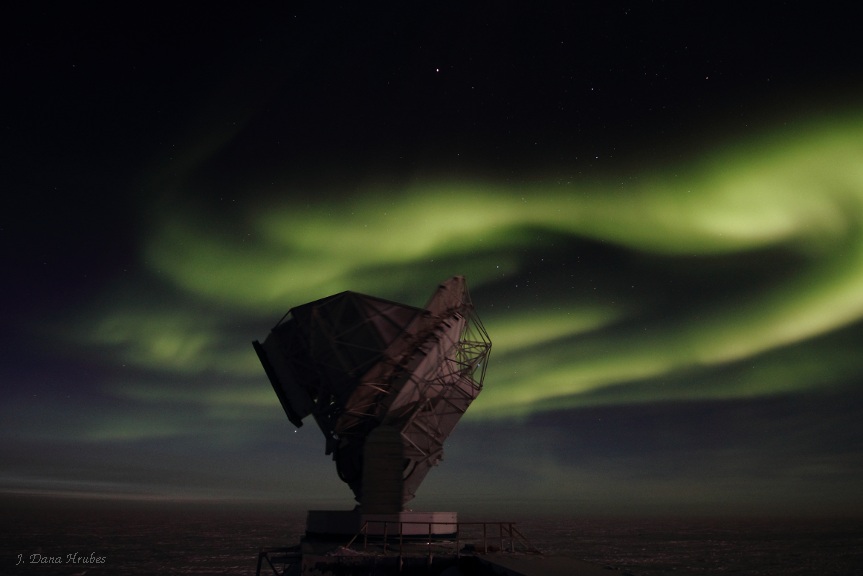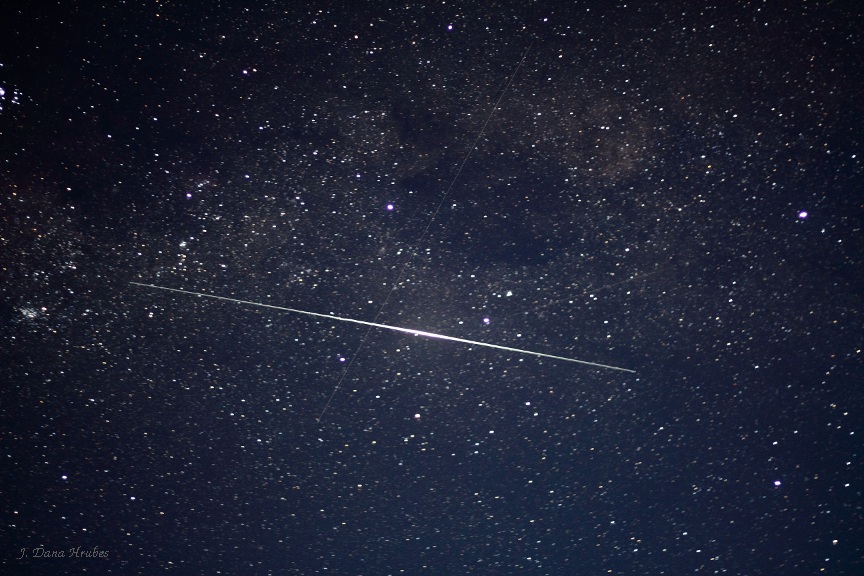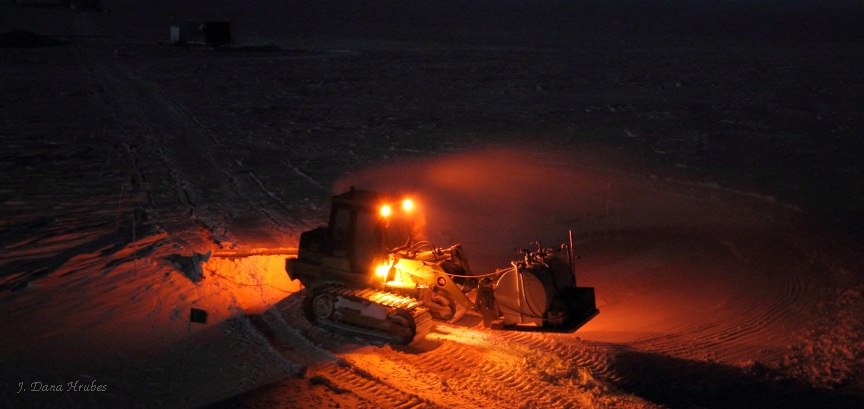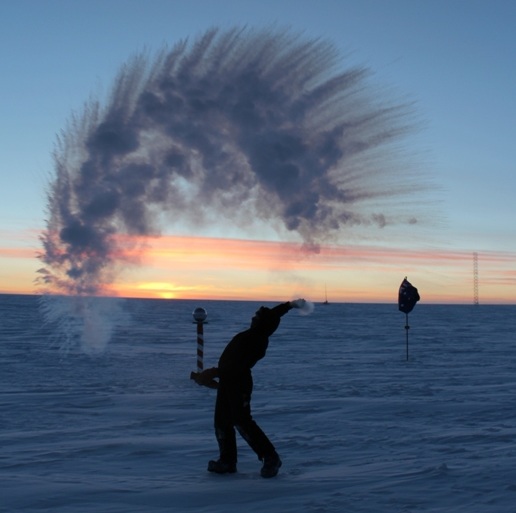April, 2013....J.
Dana Hrubes...updated April 30, 2013, 1200 GMT
(CLICK ON UNDERLINED
LINKS FOR
PHOTOS....CLICK
"BACK" ON YOUR BROWSER TO RETURN TO THIS PAGE)


Aurora Australis dances over the moonlit South Pole Telescope (SPT)
The first auroras of the season have
appeared, although the moon was up for its two week period.
Moonlight washes out the full magnitude of Aurora Australis and makes
the photography more challenging. Once the moon sets for two weeks at
the beginning of May, the show will be even more spectacular.
aurora-SPT-1 aurora-SPT-2
aurora-SPT-3 aurora-SPT-4 aurora SPT-5 aurora backlighting weather station wind-bird aurora and wind-bird on DSL roof
the South Pole Telescope (SPT) bathed in moonlight moonlit SPT
We did a moon observation recently to characterize the telescope
response. The moon was at about 18-1/2 degrees
elevation. SPT observing the moon

Sunlight
reflects from the antenna of a polar orbiting Iridium satellite as it
appears to pass through the Southern Cross constellation.
A fainter trace of another polar orbiting satellite simultaneously crosses paths with the Iridium satellite.
The antennas of the polar orbiting Iridium communication satellites on
one of the 6 orbital planes lined up with the sun that is below the
horizon causing them to reflect sunlight down to the South Pole area.
For several days these Iridium "flares" were visible every 9 minutes
and 10 seconds with magnitudes as bright as -8, which is brighter than
Venus and the next brightest thing after moonlight. There are 11
satellites (not counting spares) in each of the 6 orbital planes. These
low earth orbit satellites make a polar orbit around the Earth in a bit
over 100 minutes.
Iridium flare Iridium flare close-up
 In temperatures of -84 F (-65 C) heavy equipment operator, Josh, arrives at the Dark Sector Laboratory with our weekly fuel delivery.
In temperatures of -84 F (-65 C) heavy equipment operator, Josh, arrives at the Dark Sector Laboratory with our weekly fuel delivery.
What happens when you throw boiling water into the air at nearly -90 F (-68 C) at sunset?
It flash freezes and ice crystals "rain" down on to the polar plateau [photo by W. Heist]
The South Pole Telescope (SPT) is referenced in the CBS sitcom "Big Bang Theory". Check out the whiteboard contents showing "SPT 0346–52" with a spectral flux density of ~ 30 milli-Janskys [mJy]. The ultra-luminous source SPT-0346-52 was discovered with our telescope and is among the highest-redshift starburst galaxies known.
"Big Bang Theory" whiteboard
Next Month: May - Beautiful Night Sky!
Recent
South Pole Telescope Technical Papers
A Real-Time Photo of South Pole Station as Seen
from the ARO
Building (live when satellite is up)
A
Comprehensive
South Pole Web Site by Bill Spindler
Winterover
Web
Pages
(Bill Spindler's List)
BACK
TO MY SOUTH POLE 2013 PAGE
BACK TO MY BI-POLAR HOME PAGE





